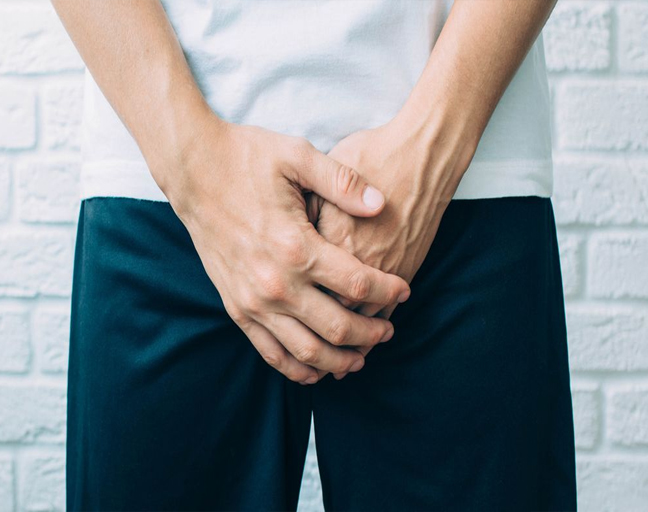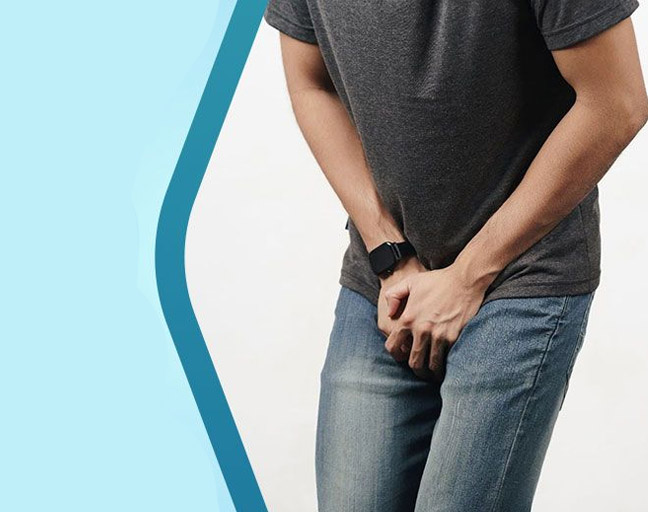Experiencing pain in your testicles and lower abdomen can be unsettling, and it’s something many men encounter. This region of your body is home to several key organs: the male reproductive system, urinary tract, and even parts of the large intestine. So, when you feel discomfort, it could be due to various factors affecting these systems. The pain might feel like a sharp stab, a dull ache, or even muscle soreness. If you’re concerned, don’t worry! I’ll walk you through the possible causes, but always remember: if you suspect something serious, it’s time to call your doctor.
What Could Be Causing That Pain?
1. Epididymitis
One common culprit behind testicle and lower abdominal pain is epididymitis, an infection in the tubes that transport sperm. It often begins as a bladder infection that spreads to the epididymis. Whether viral or bacterial, the infection leads to swelling and discomfort. If you have symptoms like:
- Pain in the testicles
- Swelling
- Fever and chills
- Painful ejaculation
- Frequent urination
- Blood in your urine
You might be dealing with epididymitis. Bacterial infections are treated with antibiotics, while viral infections simply require rest and fluids. It’s crucial to treat this condition properly to avoid complications.
2. Testicular Torsion
Imagine your testicles are attached to cords inside your scrotum. Now, picture those cords twisting. That’s testicular torsion, and it’s as painful as it sounds. This condition cuts off the blood supply to the testicles and scrotum, leading to intense pain. Symptoms include:
- Sudden sharp pain
- Swelling in the scrotum
- Nausea or vomiting
- A lump in the testicle
- Blood in semen
Testicular torsion is a medical emergency. If left untreated, it can cause permanent damage. Treatment usually requires surgery to untwist the cords and restore blood flow.
3. Inguinal Hernia
An inguinal hernia occurs when tissue pushes through a weak spot in your abdominal muscles, often in the groin area. This can cause pain in the lower abdomen and groin, sometimes extending to the scrotum. It’s common in older men or those who are overweight, but it can also happen after weight loss or heavy lifting. If you notice:
- A bulge in the groin
- Pain in the lower abdomen, especially when lifting heavy objects
Surgery is usually required to repair the hernia and provide abdominal support.
4. Testicular Cancer
Although rare, testicular cancer can cause pain in the testicles and abdomen, especially in younger men aged 15 to 35. Early detection is key, as this cancer is highly treatable. Symptoms include:
- A lump in the testicle
- Testicular pain or swelling
- Dull abdominal pain
- Breast tenderness
- Swelling in the legs
- Shortness of breath
- Blood in semen
If you find any lumps or notice unusual symptoms, don’t hesitate to get checked. With early treatment, testicular cancer has a 99% survival rate for localized cases.
Real Stories from Real People
It’s comforting to know that you’re not alone in dealing with pain in the testicles and lower abdomen. Here are a few stories from people who’ve gone through similar experiences:
- John’s Journey: “I had severe pain in my testicles, and the doctor thought it was epididymitis. They treated me with antibiotics, but that didn’t work, so I was referred to a neurologist. They think it might be nerve pain.”
- Mark’s Experience: “After lifting a heavy object at work, I started having pain in my lower abdomen and scrotum. Turns out I had a bulging disc in my back, and the pain was radiating to my scrotum. We’re trying physical therapy first.”
- Chris’ Story: “I had sore, swollen testicles for months, and my semen seemed thick. After treatments for epididymitis and a yeast infection, it turned out that dehydration from workout supplements might have triggered the issue. The antibiotics worked, and I’ve been feeling much better since I started taking care of my bladder health.”
Tips for Managing Testicle and Abdominal Pain
If you’ve already spoken with your doctor and everything checks out, there are some simple ways to alleviate the pain:
- Wear an athletic support when engaging in sports or heavy lifting
- Apply an ice pack to reduce swelling
- Take a hot bath to relax the muscles (if no infection is present)
- Over-the-counter pain relievers can provide some relief
- Always use a condom during sex, especially if you or your partner have a bladder or vaginal infection
Pain in the testicles and lower abdomen can be a real challenge, but with the right care and attention, it’s often treatable. Don’t hesitate to reach out to your healthcare provider for an accurate diagnosis and a personalized treatment plan.



